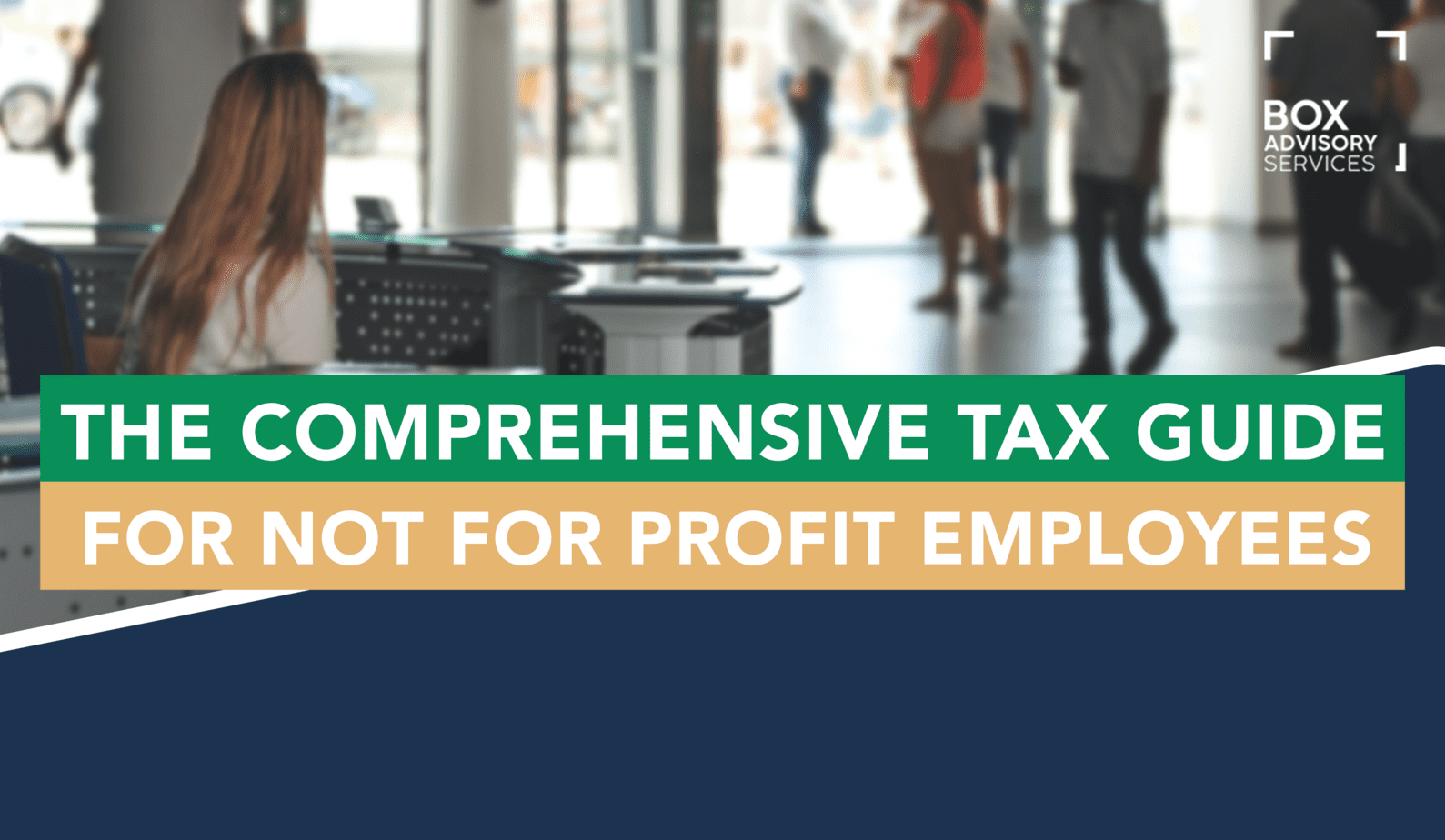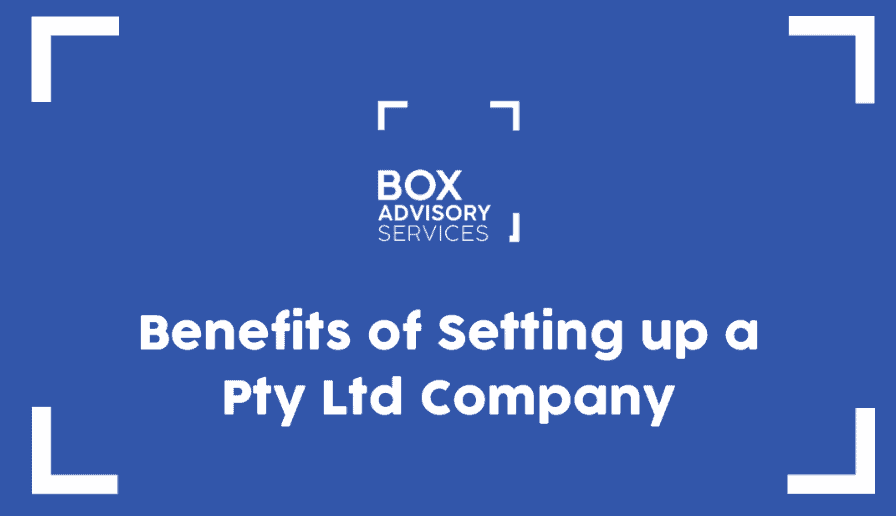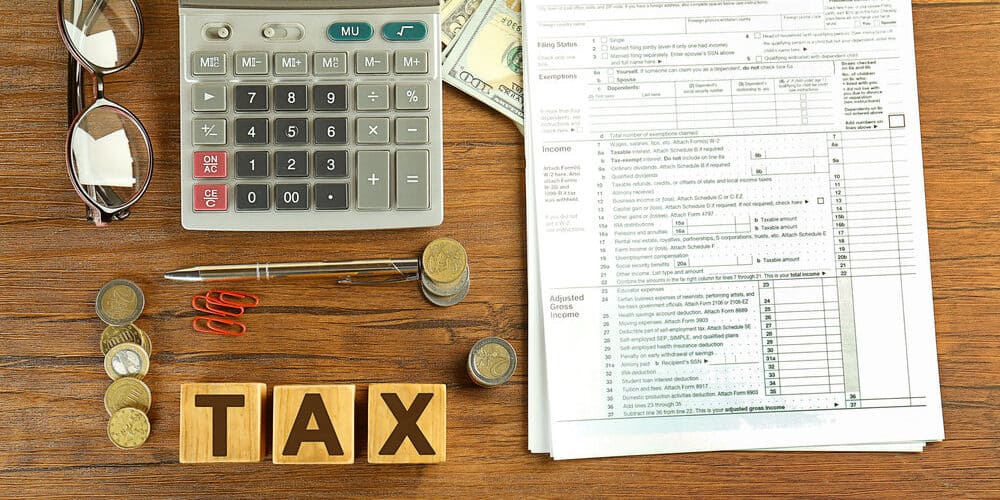
BY
|
A Simple Guide to NFP Salary Packaging
NFP salary packaging allows not-for-profit employees to pay everyday expenses with pre-tax income, providing not-for-profits a way to save on taxes. This reduces taxable income and increases take-home pay. Around 600,000 Australians work in the not-for-profit sector, representing 10% of the workforce.
NFP wages typically fall below corporate salaries. But the work delivers rewards beyond paychecks. The Australian Tax Office provides not-for-profits and their employees with Fringe Benefits Tax concessions unavailable to private sector workers, resulting in significant savings opportunities.
This guide shows how NFP salary packaging works. It explains how to pay expenses before tax is calculated, reduce income tax obligations, and boost monthly take-home pay. A salary sacrifice arrangement is also known as salary packaging or total remuneration packaging.
What is NFP Salary Packaging?
NFP salary packaging is an arrangement where employees allocate a portion of their pre-tax income toward approved expenses, with the employer paying these expenses on their behalf before calculating income tax. Salary packaging allows not-for-profit employees to pay for everyday expenses such as rent and groceries with pre-tax dollars.
This reduces the employee’s taxable income. Lower taxable income means less tax paid. Receiving certain benefits instead of cash lowers the employee’s taxable income and results in less income tax being paid. Take-home pay increases without extra cost to the employer.
The Australian Tax Office offers this benefit through FBT concessions for not-for-profit organisations. Private sector employers cannot access these same tax advantages.
How Does FBT Make NFP Salary Packaging Possible?
Not-for-profit organisations receive various tax concessions from the Australian Tax Office. The most important for employees is the fringe benefits tax (FBT), which is made possible by specific tax laws.
Eligible NFPs can claim a rebate of up to 47% on gross FBT payable. This applies up to a $30,000 capping threshold per employee. Not-for-profit organisations may not have to pay fringe benefits tax on certain benefits, depending on the exemptions available under current tax laws.
The fringe benefits tax FBT rebate allows NFPs to offer salary packaging arrangements at a similar cost to the employer. Unlike a profit organisation, NFPs can access FBT concessions, enabling them to increase employee take-home pay without additional employer costs. This helps NFPs attract talented staff despite lower base salaries than private sector roles.
How Does NFP Salary Packaging Reduce Your Income Tax?
Not-for-profit employers hold a different tax status from other Australian organisations. The ATO provides FBT rebates that enable salary-sacrificing arrangements.
Here’s how it works:
The employer allocates part of your pre-tax salary to cover specific personal expenses. Your annual gross salary is used to calculate your taxable income and the packaging caps that apply per person. You agree to this arrangement before becoming entitled to payment. The packaged amount isn’t subject to income tax. Your taxable income decreases, reducing overall tax liability. Employees can access their packaged funds through prepaid cards or by lodging receipts for reimbursement. Employees can use a calculator to calculate their potential savings and see how much money they can keep through salary packaging.
A salary sacrifice arrangement doesn’t increase total income. It allows payment of certain expenses before tax is applied. This maximises take-home pay and helps employees keep more money through strategic tax planning.
Important: You must agree to salary packaging before performing work or becoming entitled to payment. Employees must agree to enter into an effective salary sacrifice arrangement with their employer to benefit from it. This is a legal requirement for the arrangement to qualify. The employer must report the packaged benefits for each person as required by law.
What Expenses Can You Package Through NFP Salary Packaging?
NFP employees can salary package a wide range of everyday expenses. For example, salary packaging arrangements may include mortgage, rent, utilities, groceries, and services, with the employer paying these expenses on your behalf, tax-free, up to a capped amount each year. Here are some examples of what can be packaged:
Capped benefits include: Employees can package expenses for dining out, holiday accommodation, and cinema tickets up to a certain limit for meals and entertainment.
- Mortgage or rent payments
- Personal loan repayments
- Credit card payments
- Utility bills (electricity, gas, water)
- Groceries
- Fuel and vehicle maintenance
- Insurance premiums (health, car, home)
- School fees and childcare costs
- Medical expenses
- Work-related equipment (laptops, mobile phones)
- Professional memberships and subscriptions
- Meal entertainment (restaurants, cafes, pubs)
- Services
The salary package cap is $15,900 per FBT year for general living expenses. Meal entertainment has a separate cap of $2,650 per FBT year. The tax-free cap for salary packaging in Public Benevolent Institutions is up to $15,900 per FBT year.
Uncapped benefits include:
- Voluntary superannuation contributions
- Novated leasing for vehicles
- Work-related self-education
- Bus travel benefits
- Other approved work-related expenses
- Other benefits
Uncapped benefits have no annual limit. They offer additional tax savings beyond the capped benefit thresholds. For example, an employee could package voluntary superannuation contributions or novated leasing for vehicles, resulting in further tax advantages.
Can Remote Area NFP Workers Access Additional Benefits?
Yes. NFP employees working in remote areas qualify for extra salary packaging benefits.
Remote area housing: Salary package, rent or mortgage payments for homes in remote locations. Eligible Australians interested in building or substantially renovating homes may also consider the HomeBuilder scheme, offering a $25,000 grant from the Federal Government.
Remote area fuel: Salary package fuel costs for personal use in remote areas.
Remote area holiday transport: Salary package, travel costs to and from remote areas for holidays.
These benefits recognise the unique challenges of remote work. They add significant value to NFP salary packages in these locations.
How Does Novated Leasing Work for NFP Employees?
A novated lease is a popular vehicle salary packaging product. The employee leases a vehicle from a finance company, and the employer makes lease payments from the employee’s pre-tax salary. Novated leasing is a popular way for NFP employees to salary package a vehicle in their salary. Some salary packaging benefits, such as meal entertainment, can also be accessed via a reloadable Mastercard issued by EML Payment Solutions.
Novated leasing benefits:
- Tax savings through pre-tax dollar payments
- Bundled vehicle running costs (fuel, maintenance, insurance)
- One regular payment covering all vehicle expenses
- Vehicle choice matching employee needs and budget
Other salary packaging options may include a meal entertainment card, which is a reloadable Mastercard issued by EML Payment Solutions Limited.
The lease term ends with three options. Purchase the vehicle outright, trade it for a new lease, or return it with no further obligation.
Novated leasing delivers substantial tax savings for NFP employees. It’s particularly valuable because it’s an uncapped benefit with no annual limit.
Before applying for any financial product offered as part of salary packaging, such as a novated lease or reloadable Mastercard, review the target market determination to ensure the product is appropriate for your needs.
How Much Can You Save With NFP Salary Packaging?
This section provides an example of how salary packaging works for a not-for-profit employee. Let’s look at Sarah, a nurse at a not-for-profit hospital, to illustrate the benefits.
| Scenario | Without Salary Packaging | With Salary Packaging |
| Annual gross salary | $85,000 | $85,000 |
| Salary packaging (living expenses) | $0 | $15,900 |
| Salary packaging (meal entertainment) | $0 | $2,650 |
| Taxable income | $85,000 | $66,450 |
| Income tax payable (including Medicare levy) | $20,617 | $13,941 |
| Net annual salary | $64,383 | $71,059 |
To calculate the savings, subtract the net yearly salary without salary packaging from the annual net wage with salary packaging. In this example, Sarah saves $6,676 per year.
Sarah packages $18,550 total. This reduces her taxable income and saves $6,676 in income and fringe benefit taxes. She receives an extra $128 per week, resulting in more money in her pocket with no additional cost to her employer.
These types of salary packaging arrangements can also positively impact the profits of the not-for-profit organisation by making employment more attractive and competitive. For more clarity, see other examples of salary packaging benefits in the not-for-profit sector.
How Does Salary Packaging Help NFP Organisations?
Salary packaging serves as a powerful recruitment tool. An organisation, such as an NFP, can enhance remuneration value without incurring additional costs. Salary sacrifice arrangements help not-for-profit organisations attract and retain employees despite lower base salaries. Compared to businesses, not-for-profit organisations can access unique tax concessions, making salary packaging especially beneficial for their employees.
This matters in the NFP sector, where base salaries often fall below private sector equivalents. For a not-for-profit organisation, demonstrating tax savings and increased take-home pay helps compete for top talent. The organisation must decide whether to implement salary packaging arrangements based on its circumstances and employee needs.
Salary packaging also boosts staff morale and job satisfaction. This reduces turnover costs and enhances organisational stability.
Who Can Help You Set Up NFP Salary Packaging?
Salary packaging providers ensure compliance with FBT regulations. They help maximise employee benefits while meeting ATO requirements. Seeking taxation advice from an experienced professional is essential to understand specific tax obligations and optimise your salary packaging arrangement.
NFPs offering salary packaging should consult qualified accountants. Employees considering salary packaging should also seek professional taxation advice.
Professional guidance ensures the arrangement aligns with individual circumstances. It also confirms compliance with current tax laws and legislation.
Key Takeaway
NFP salary packaging lets Australian not-for-profit employees pay everyday expenses with pre-tax income, reducing tax and boosting take-home pay through ATO-approved FBT concessions.
Frequently Asked Questions About NFP Salary Packaging
Who qualifies for NFP salary packaging in Australia?
Employees of a not-for-profit organisation that holds FBT rebate eligibility qualify for salary packaging. The NFP must have a rebatable employer status with the ATO.
What are the current caps for NFP salary packaging in 2025?
General living expenses cap at $15,900 per FBT year per person. Meal entertainment caps at $2,650 per FBT year per person. Uncapped benefits like superannuation and novated leasing have no annual limit.
Does salary packaging increase my total income?
No. Salary packaging reallocates your existing income to pre-tax expenses. It doesn’t increase total income but reduces taxable income, resulting in higher take-home pay.
When do I need to agree to a salary packaging arrangement?
You must agree before becoming entitled to payment or performing the work. This is a legal requirement under ATO guidelines.
Can I package my mortgage payments through NFP salary packaging?
Yes. Mortgage payments are an approved expense under capped benefits. They count toward the $15,900 annual cap for general living expenses.
How do I know if my NFP employer offers salary packaging?
Check with your HR department or payroll team. Not all NFPs offer salary packaging despite being eligible. Ask whether they partner with a salary packaging provider.
What happens to my salary packaging if I change jobs?
Salary packaging arrangements are employer-specific. If you move to another NFP employer, you’ll need to set up a new arrangement. Private sector employers cannot offer the same FBT concessions.
Are there risks to salary packaging I should know about?
Salary packaging reduces your reported taxable income. This may affect income-tested benefits or loan applications. Consult an accountant to understand the impacts on your specific situation.
How do I report salary packaging benefits?
Salary packaging benefits must be reported on your income statement or payment summary. Your employer will include these amounts in official reports for tax and compliance purposes.
How can I calculate my potential savings from salary packaging?
You can calculate your potential savings by using a salary packaging calculator. This tool helps you estimate your take-home pay after salary packaging and tax concessions.
Who do the salary packaging caps apply to?
The salary packaging caps apply per person. Each eligible employee of a not-for-profit organisation can access the capped benefits individually.



